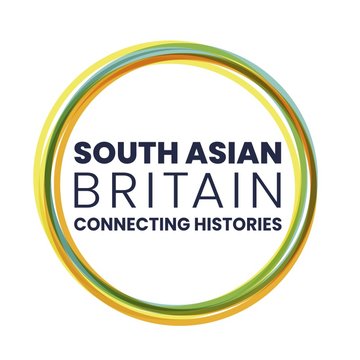
Asian Horizon
‐
A periodical on Asia that ran from 1948 to 1951
Location(s)
London
SW1H 0EU
United Kingdom
About
In the editorial of its inaugural edition, this short-lived periodical states its aim ‘to provide a forum for the discussion of the problems facing this new Asia and those who seek to work in harmony with the countries of the East’. Triggered by the newly independent status of Asian nations, it sought to give a voice to their peoples in order to enable western readers to gain better access to this region of the world. Asian Horizon published short fiction and poetry, essays on different areas and aspects of the continent, and book reviews. Examples include a short story titled ‘The Liar’ by Mulk Raj Anand, a poem by the London-based Aga Bashir and essays on contemporary Pakistani fiction and an exhibition of Asian artists held in London in 1950. It reviewed Ananda Coomaraswamy's The Bugbear of Literacy (London: Dennis Dobson, 1949) and M. K. Gandhi's The Story of My Experiments with Truth: An Autobiography, trans. Mahadev Desai (London: Phoenix Press, 1949). Produced and published in London, it included work by several contributors based in the Indian subcontinent and other parts of Asia, as well as in Britain.
D. P. Chaudhuri (assistant editor), Dorothy Woodman (editor).
Editorial associates: Vernon Bartlett, Jack Cranmer-Byng, Maung Ohn, Hurustiati Subandrio, Poey Ungphakorn, Nguyen Van-Nhan, Chun-Chan Yeh.
Contributors: Stanley Abeyasinghe, Mulk Raj Anand, Aga Bashir, A. S. Bokhari, A. S. Bozman, Ranjita Sarath Chandra, Ismat Chughtai, Chitra Fernando, Kenneth Lo, Abdul Majid, Aslam Malik, M. Masud, Lester Peries, Lord Pethick-Lawrence, Sarvepalli Radhakrishnan, B. Rajan, G. P. Rajaratnam, S. Raja Ratnam, Suhdir Sen, Khushwant Singh, M. J. Tambimuttu, Feliks Topolski, Beryl de Zoete.
British Library, St Pancras
In the past there have been in London exhibitions of the works of individual artists from Asia. The exhibition at the Asian Institute Gallery during the third week in April was the first time that a joint exhibition had been arranged. It was quite a conglomeration of artistic works, some of no small value, as various and as wide apart as the traditions and background of Asia. During the ten days of the exhibition, it was viewed by over 1,000 people.
Neville Wallis of the ‘Observer’ described the exhibition thus: ‘…East and West meet most happily in the mysterious, decorative paintings of A. D. Thomas, an Indian Christian.’
The New Statesman reporter described his impression thus:
‘The exhibits themselves vary in quality even more than in most shows. I liked particularly a fresco by a Pakistan painter. There was distinguished work from each country. The Chinese seems to be least influenced by the tradition of the West. Even when they paint an English seaside resort it is just as Chinese as Pekin. The outstanding Indian painter is A. D. Thomas and, amongst the others, Mr. Abeyasinghe deserves to be as well known here as he is in Ceylon.’
Kenneth Lo, Asian Horizon 2.4 (Spring 1950), p. 41
Image credit
© Remaking Britain: South Asian Connections and Networks, 1930s – present
